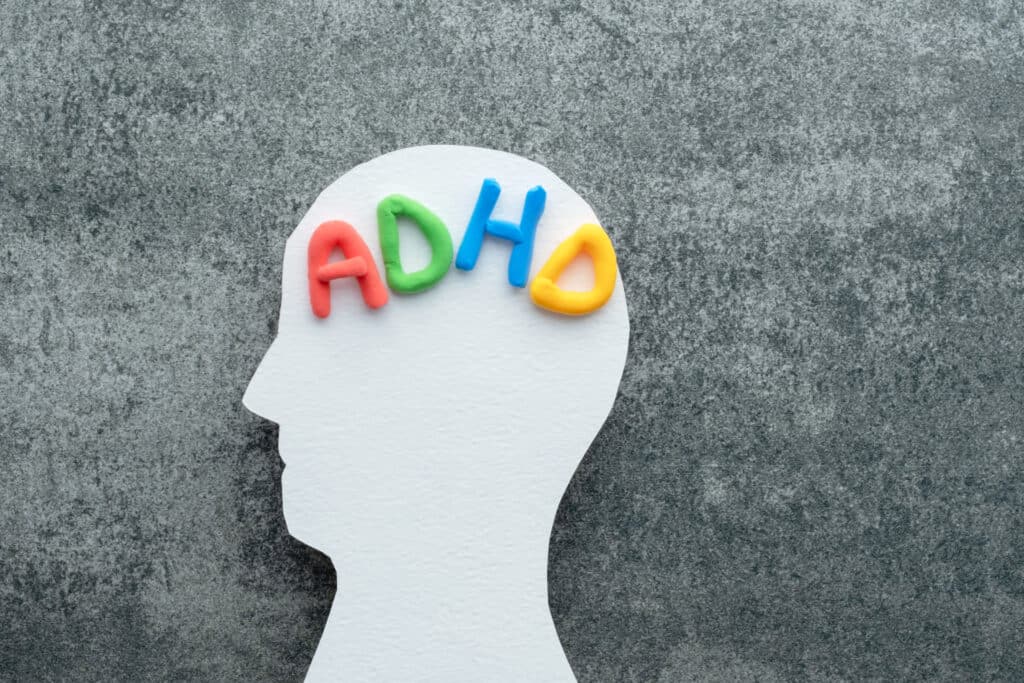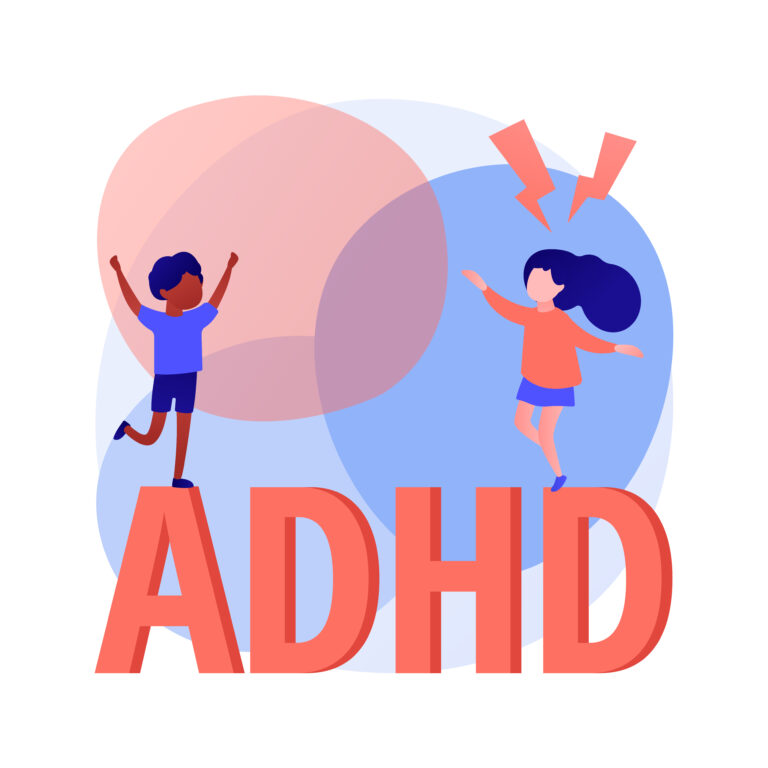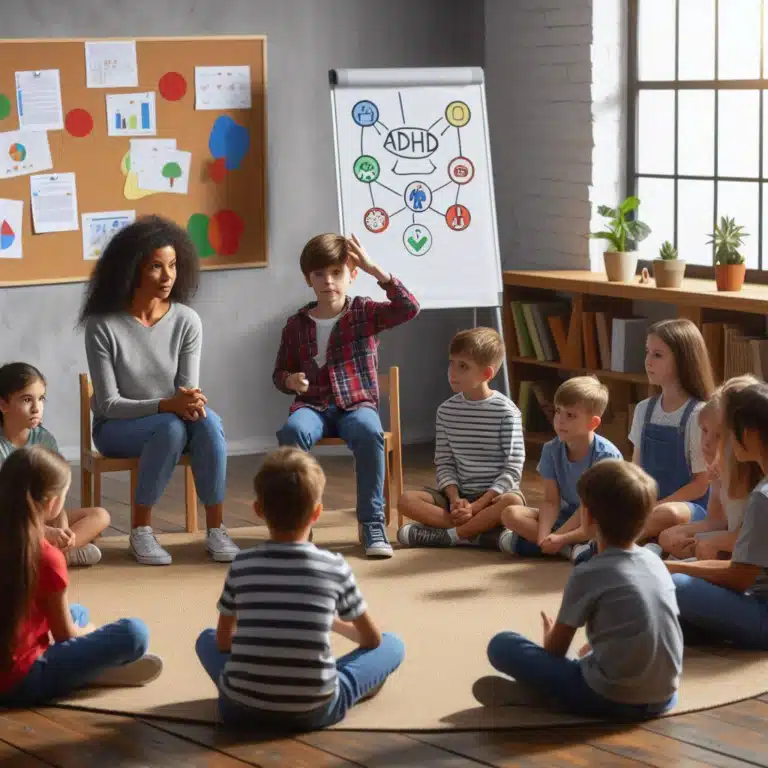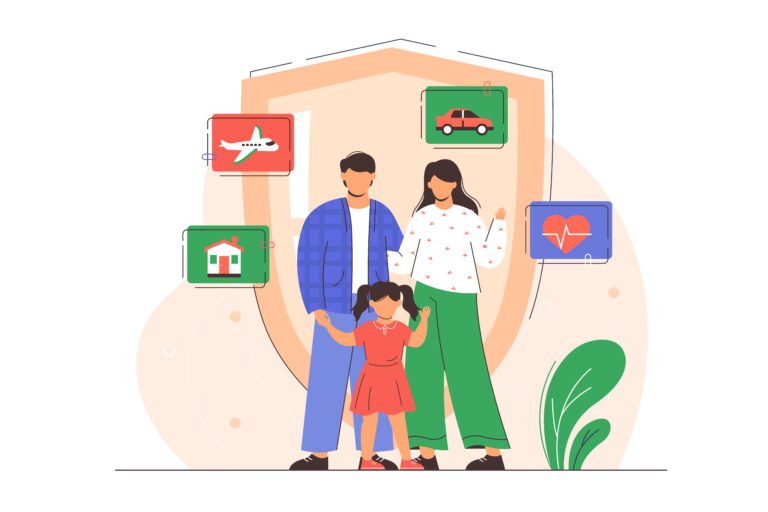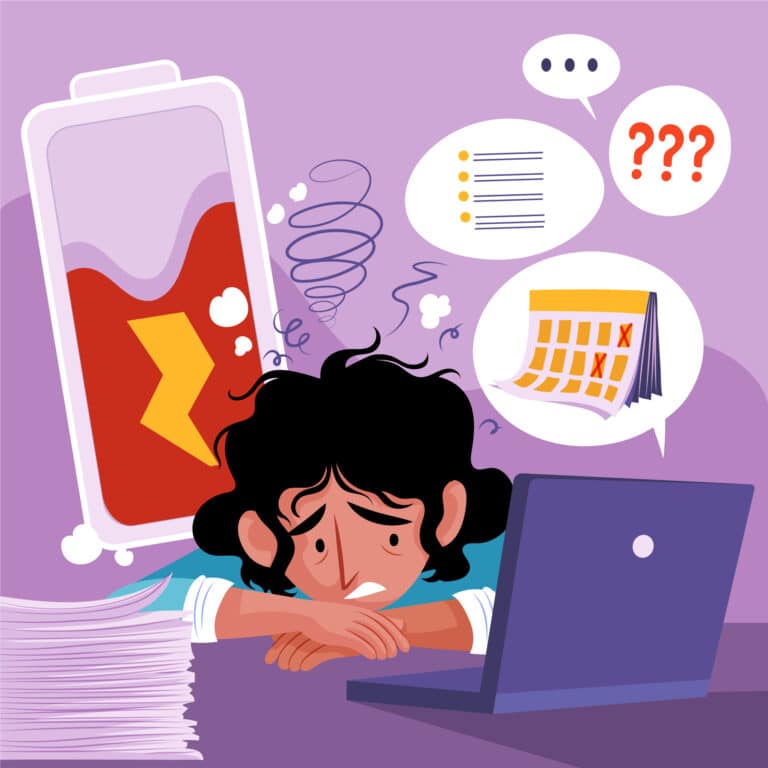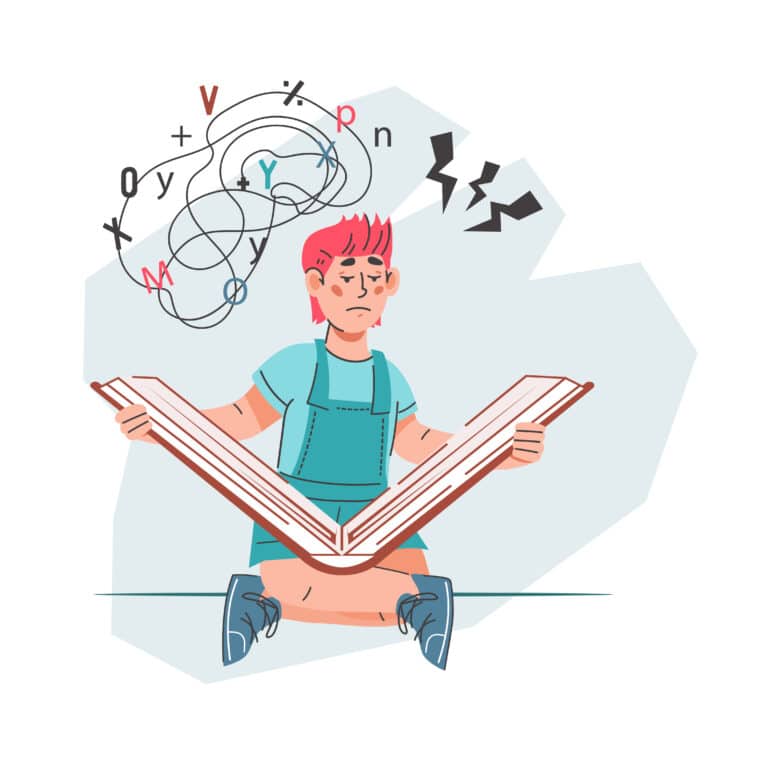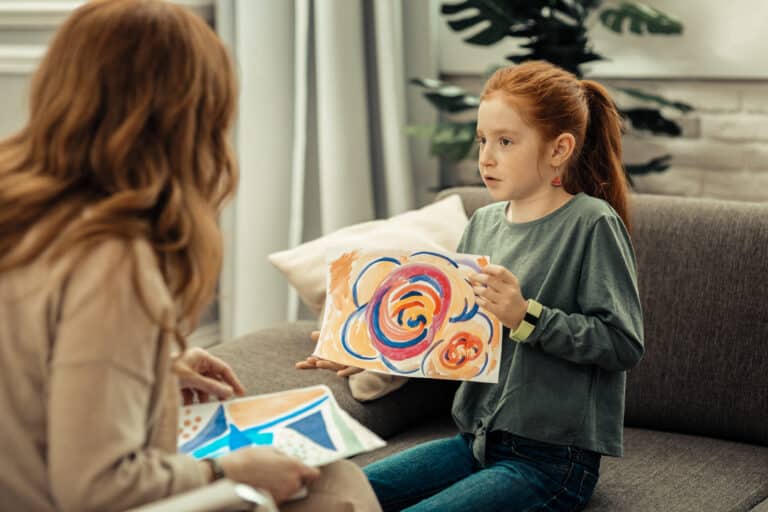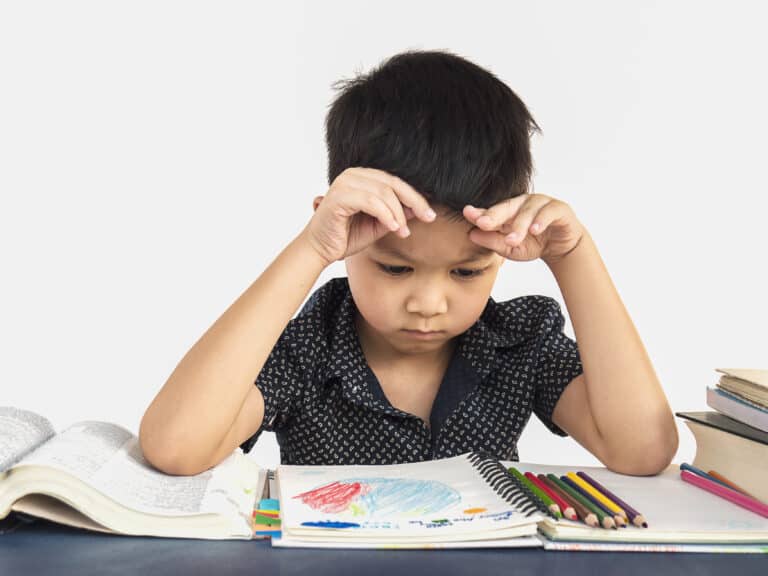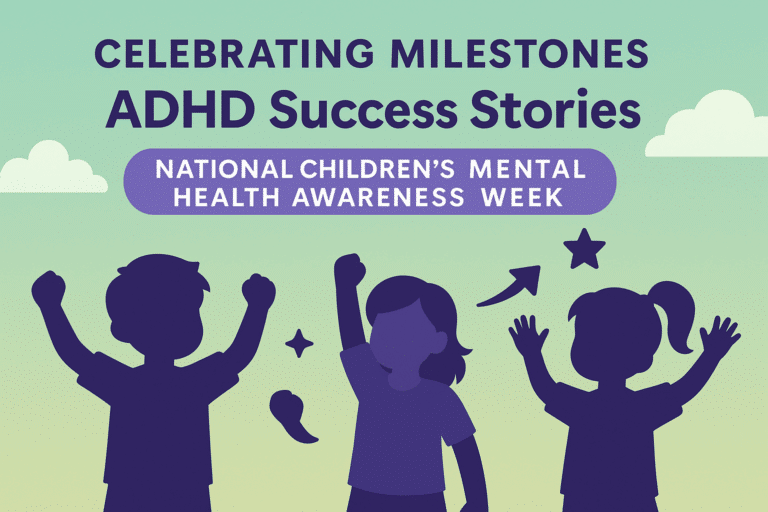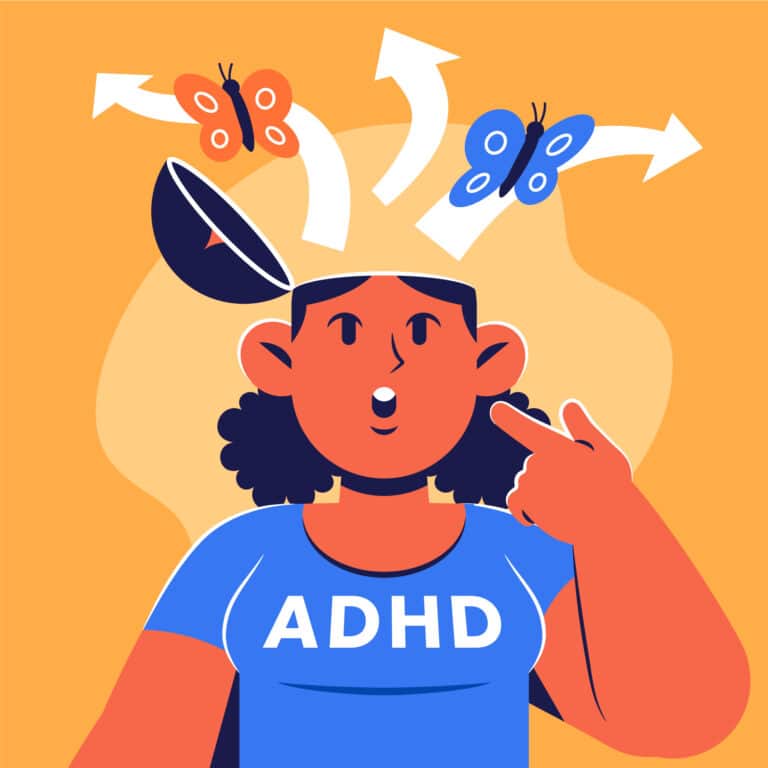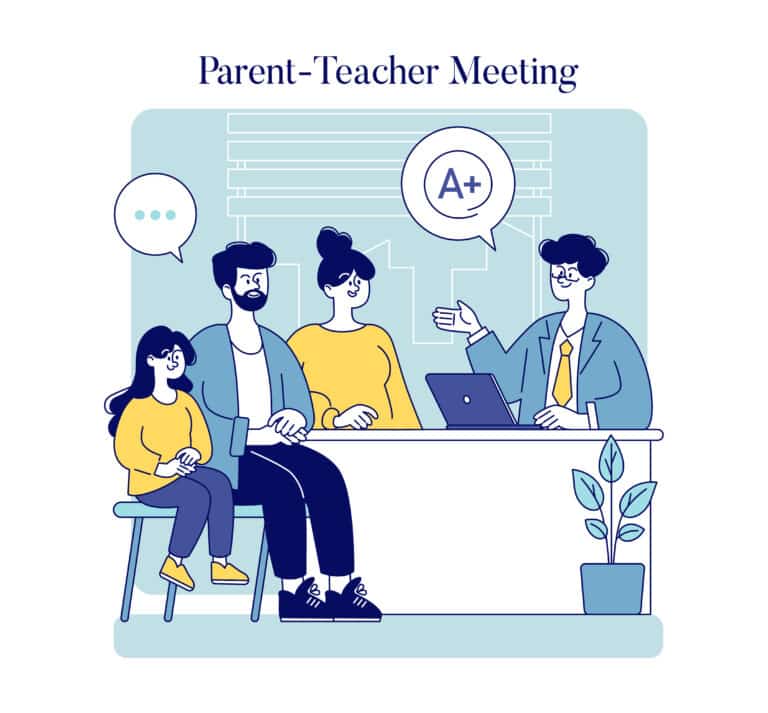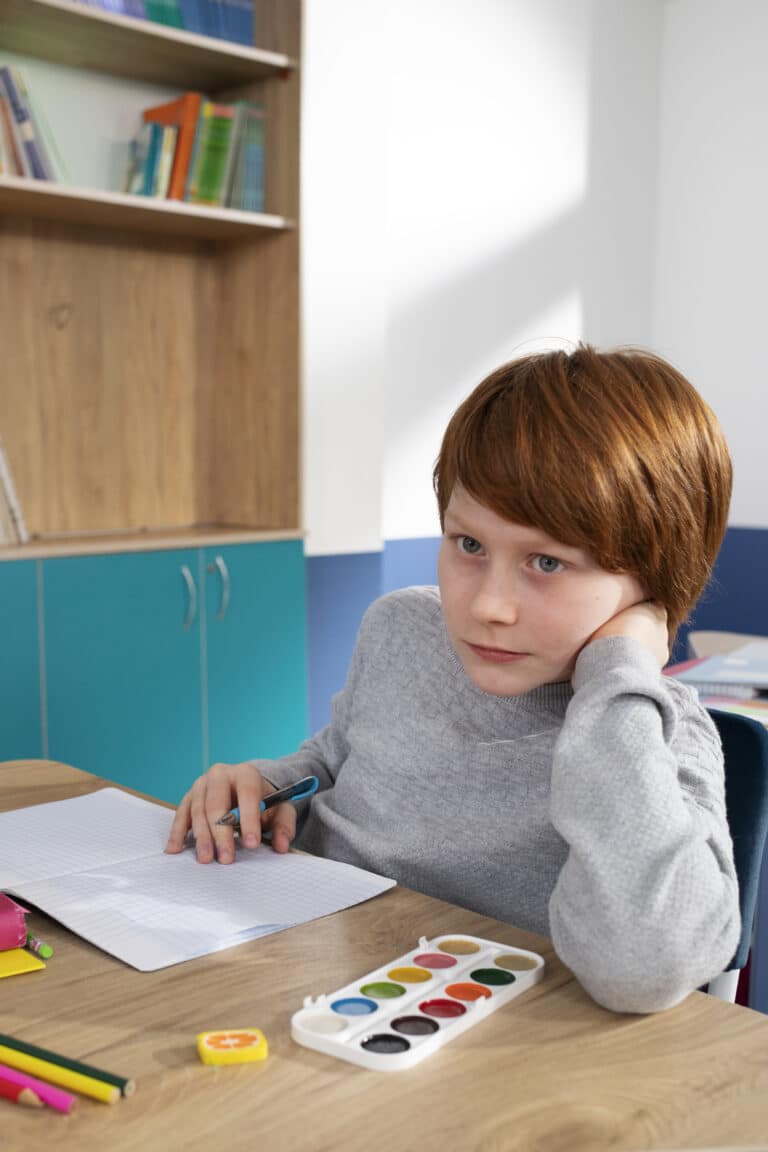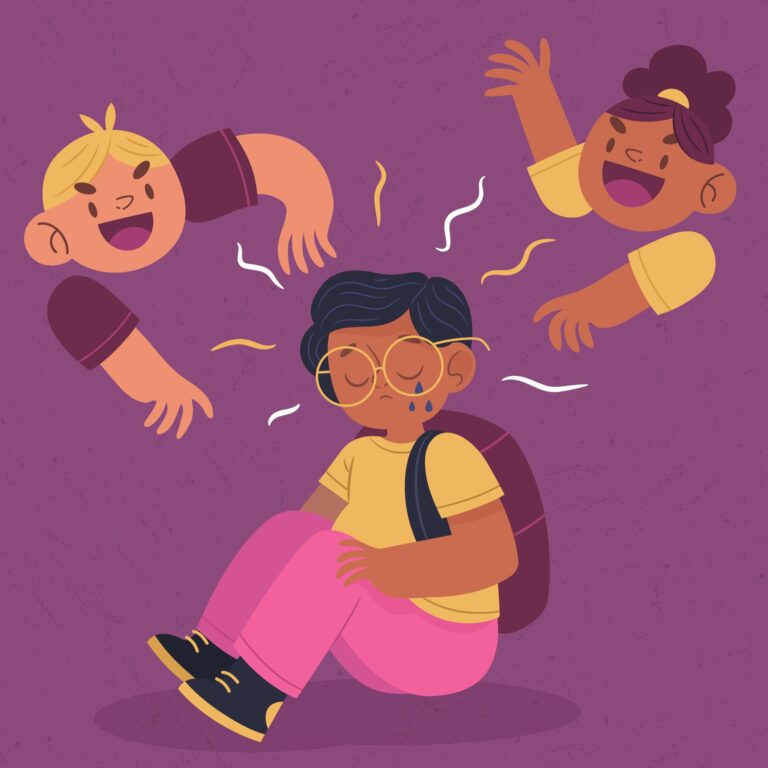Attention Deficit Hyperactivity Disorder (ADHD) is a complex neurodevelopmental condition affecting children and adolescents worldwide. While it is primarily known for symptoms like inattention, hyperactivity, and impulsivity, many children with ADHD also experience additional conditions called comorbidities. These overlapping conditions can significantly impact a child’s emotional, social, and academic development, making early identification and effective management essential.
What Is Comorbidity in ADHD?
Defining Comorbidity
Comorbidity refers to the coexistence of one or more additional conditions alongside a primary disorder like ADHD. These conditions often complicate diagnosis and treatment, as symptoms may overlap or exacerbate one another.
Prevalence of Comorbidities in ADHD
Research indicates that a significant percentage of children and adolescents with ADHD have at least one comorbid condition. Understanding these conditions is critical for providing comprehensive care.
Common Comorbid Conditions in Children with ADHD
1. Anxiety Disorders
Anxiety disorders are among the most common comorbidities in children with ADHD. These may include generalized anxiety, social anxiety, or specific phobias.
Signs of Anxiety in ADHD:
- Excessive worry about daily events.
- Avoidance of social situations.
- Physical symptoms like headaches or stomachaches.
2. Oppositional Defiant Disorder (ODD)
ODD is characterized by patterns of defiant, hostile, and disobedient behavior, often challenging for parents and educators.
Key Symptoms of ODD:
- Frequent temper outbursts.
- Refusal to comply with rules.
- Blaming others for mistakes.
3. Autism Spectrum Disorder (ASD)
Some children with ADHD are also diagnosed with Autism Spectrum Disorder. While both affect behavior and emotional regulation, their presentations are distinct.
Overlap Between ADHD and ASD:
- Difficulty with transitions.
- Impulsivity in social settings.
- Sensory sensitivities.
4. Learning Disorders
Children with ADHD have a higher risk of developing learning disorders, such as dyslexia or dyscalculia, which complicate academic progress.
Impact on Learning:
- Difficulty reading or solving math problems.
- Slower academic progress.
- Struggles with writing or organizing thoughts.
5. Mood Disorders
Mood disorders, including depression, often coexist with ADHD. Emotional dysregulation in ADHD can increase susceptibility to mood-related challenges.
Signs of Mood Disorders:
- Persistent sadness or irritability.
- Loss of interest in activities.
- Fatigue or changes in appetite.
6. Conduct Disorder (CD)
Conduct Disorder involves behaviors that violate societal norms or the rights of others. This condition often requires specialized interventions.
Common Behaviors in CD:
- Aggression toward people or animals.
- Destruction of property.
- Deceitfulness or theft.
7. Tic Disorders
Tics are sudden, repetitive movements or sounds that frequently co-occur with ADHD. Stress or anxiety often exacerbates these symptoms.
Examples of Tics:
- Eye blinking or facial grimacing.
- Throat clearing or sniffing.
- Sudden arm or shoulder movements.
The Impact of Comorbidities on Children with ADHD
Comorbid conditions can amplify the challenges associated with ADHD, affecting:
- Academic Performance: Difficulty focusing and completing tasks.
- Social Relationships: Impulsivity and emotional outbursts can strain friendships.
- Emotional Well-Being: Increased frustration, anxiety, or sadness.
Managing Comorbidities in Children with ADHD
1. Early Identification
Accurate diagnosis is essential. A comprehensive assessment by a mental health professional can differentiate between ADHD symptoms and those of comorbid conditions.
2. Collaborative Treatment Plans
Effective management often involves combining approaches, including behavioral therapy, educational support, and family counseling.
3. Medication Management
In some cases, medications prescribed for ADHD can also alleviate symptoms of comorbid conditions. Consultation with a pediatric psychiatrist is essential for safe and effective treatment.
4. Emotional and Social Skills Training
Therapies that focus on emotional regulation and social skills can help children navigate complex social and academic environments.
5. Support Networks
Parents, teachers, and caregivers should collaborate to create a structured, supportive environment for the child.
How Pathformers Supports Families
At Pathformers, we understand the unique challenges faced by children with ADHD and comorbidities. Our expert-designed courses provide parents with actionable strategies to:
- Address ADHD symptoms.
- Improve emotional regulation.
- Foster resilience in children.
These resources empower families to build supportive environments that promote growth and success.
Frequently Asked Questions (FAQ)
Q: Can ADHD exist without comorbid conditions?
A: Yes, but it’s more common for children with ADHD to have at least one comorbid condition, such as anxiety or a learning disorder.
Q: How can I tell if my child has a comorbid condition?
A: Look for signs that extend beyond ADHD symptoms, such as persistent sadness, aggression, or struggles with academic skills. Consult a mental health professional for confirmation.
Q: Are treatments for ADHD effective for comorbid conditions?
A: Many treatments, such as behavioral therapy and medication, can address overlapping symptoms of ADHD and comorbidities.
Q: Can comorbidities worsen ADHD symptoms?
A: Yes, conditions like anxiety or mood disorders can intensify challenges like inattention or impulsivity.
Q: How can Pathformers help my family?
A: Pathformers offers expert-led courses with practical strategies to manage ADHD and its comorbidities, fostering a supportive environment for children and families.
Empower Your Child’s Journey
Take proactive steps to support your child with ADHD and any accompanying comorbid conditions. With knowledge, tools, and a collaborative approach, you can help your child overcome challenges and thrive. Explore Pathformers’ courses today to equip yourself with the skills and insights needed to make a positive impact on your child’s development.

